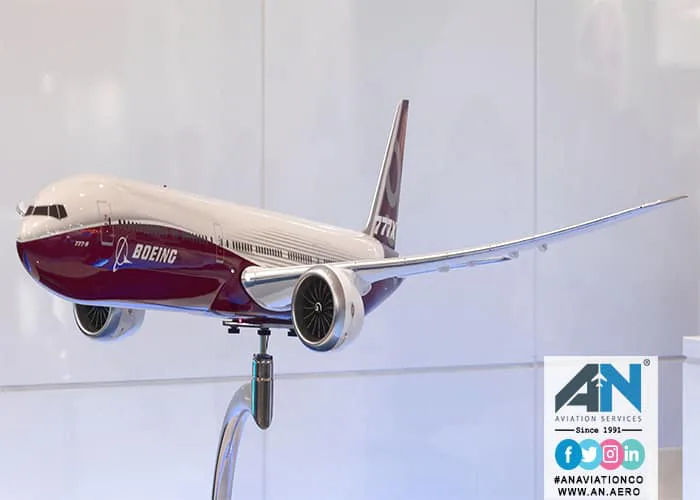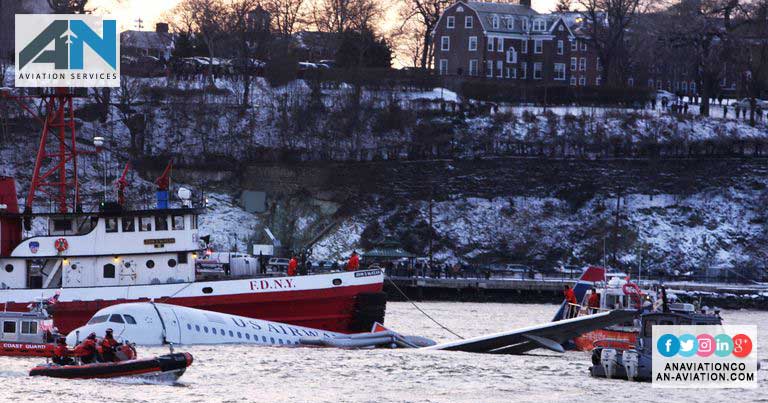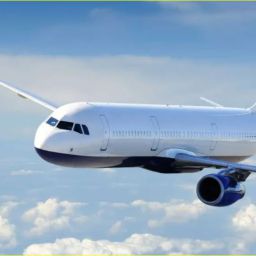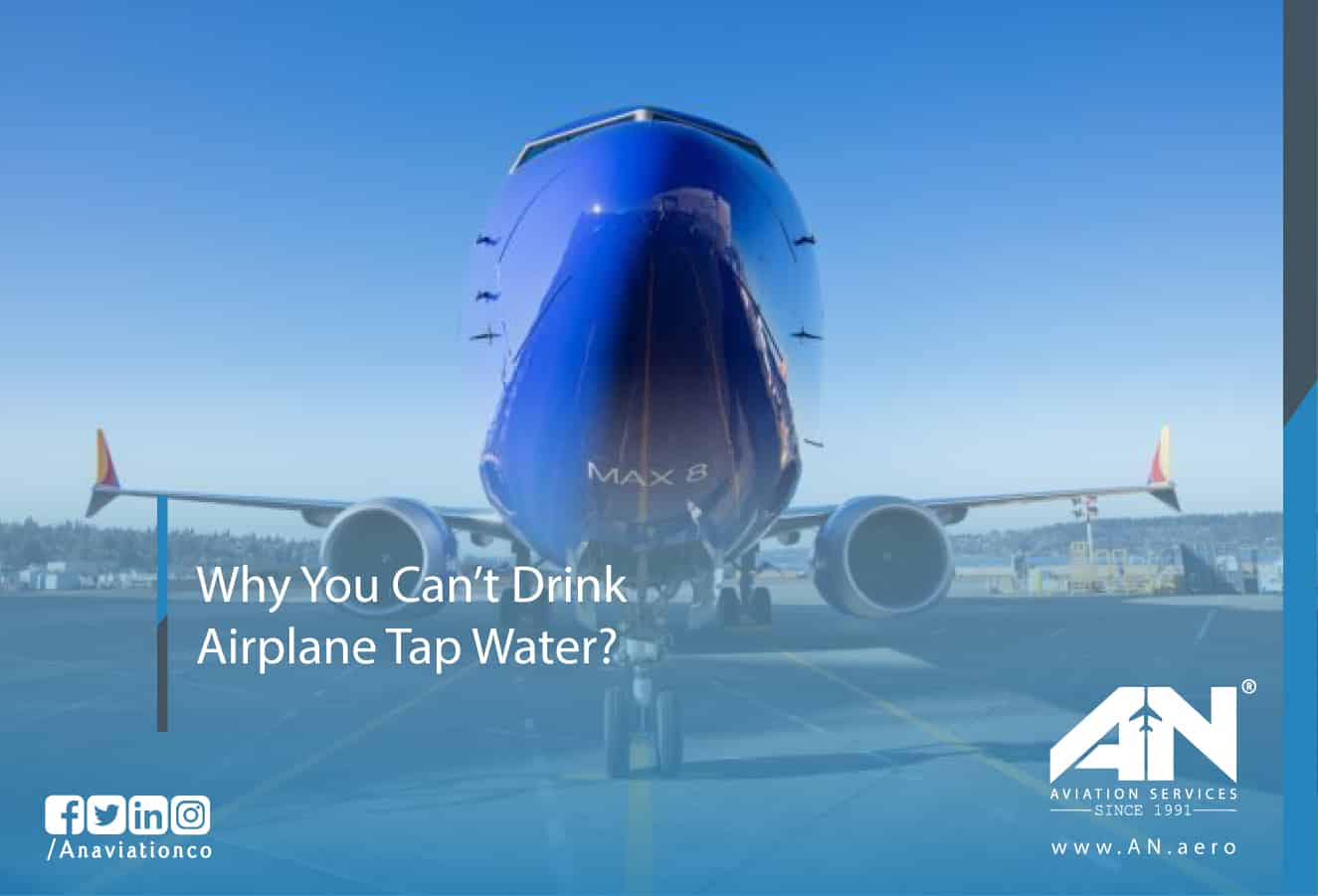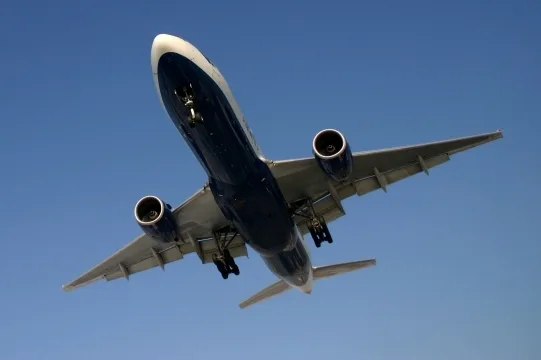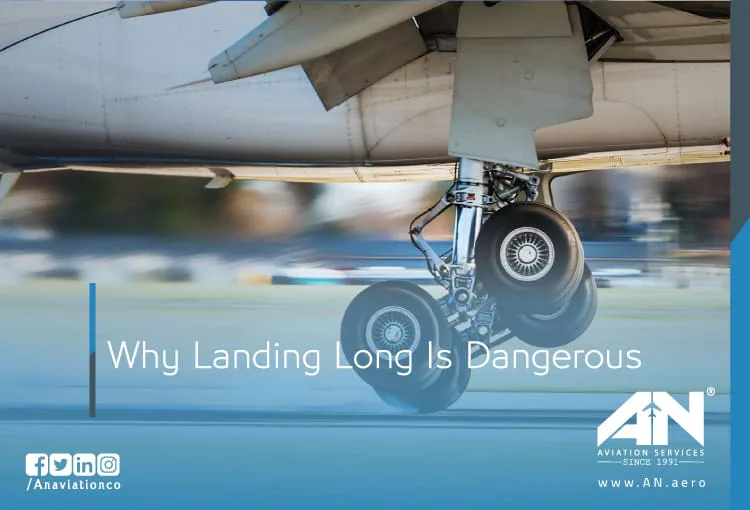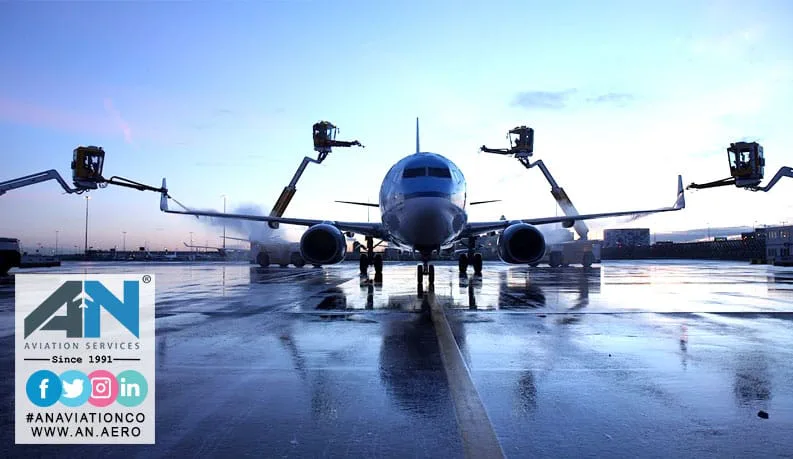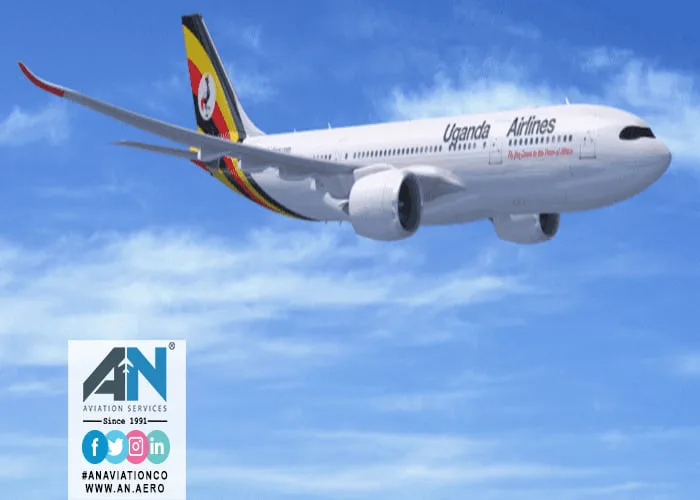
In the early days of aviation, flying was an exclusive experience, reserved for the wealthy and adventurous. Passengers traveled in small, unpressurized cabins, and flying was considered more of a novelty than a necessity. Among the many changes that have shaped the airline industry, one of the most fascinating transformations has been the evolution of the role we now call a flight attendant. From its origins as the “stewardess” to the modern-day, gender-neutral title of cabin crew, this role has grown alongside commercial aviation itself, adapting to changes in technology, societal norms, and passenger needs.
This blog explores the journey from stewardess to flight attendant, highlighting key milestones, influential figures like Ellen Church, and the importance of inclusion and professionalism in this iconic role.
The Beginning: The First Stewardesses
The concept of a flight attendant began in the 1920s and 1930s, a time when commercial aviation was still in its infancy. The earliest attendants, known as “stewards,” were typically young men who handled baggage, served food, and provided basic safety instructions. However, in 1930, a significant milestone occurred that would change the perception of this role forever.
Ellen Church, a trained registered nurse and licensed pilot, approached Boeing Air Transport (which later became United Airlines) with a revolutionary idea: to employ women as cabin attendants. Church argued that having nurses on board would make passengers feel safer, especially given the turbulence and unpredictability of early flights. She believed that women, with their caregiving background and calming demeanor, would be ideal for the role.
Church’s proposal was accepted, and she became the first official stewardess in the history of aviation. Alongside seven other women, she formed the first team of female flight attendants, paving the way for future generations. This move not only changed the face of in-flight service but also demonstrated the critical role of women in the growing airline industry.
The Glamorous Era of the Stewardess
During the 1940s, 50s, and 60s, the stewardess became an enduring symbol of luxury and glamour in the world of aviation. Airlines capitalized on the image of young, attractive women serving passengers in elegant uniforms. Advertisements often focused on the charm and beauty of female flight attendants, portraying them as a key part of the flying experience.
However, the profession came with strict requirements. Women had to meet specific height and weight criteria, remain unmarried, and often retire at a young age. Airlines marketed the role as an exciting, yet temporary, career for young women, emphasizing its exclusivity and allure. For passengers, flying during this era was not just about getting from one destination to another—it was a stylish and elite experience, and the stewardess played a central role in that narrative.
While the profession was celebrated, it was also restrictive and heavily gendered. This created challenges for female flight attendants, who often had to balance the expectations of glamour with the realities of safety and service on board.
Breaking Barriers: The Move Toward Equality
By the 1970s, societal attitudes were beginning to shift. The feminist movement gained momentum, challenging traditional gender roles and pushing for greater equality in the workplace. The airline industry was no exception. The term “stewardess” began to fade, replaced by the more inclusive and gender-neutral term flight attendant.
This change reflected a broader recognition of the role’s complexity and professionalism. No longer seen as just servers in the sky, flight attendants were acknowledged as critical members of the crew, responsible for ensuring passenger safety during every commercial flight.
Airlines also began hiring male flight attendants during this period, further breaking down stereotypes associated with the job. Physical requirements, such as weight and marital status, were gradually eliminated, making the profession more accessible to a diverse group of candidates. These changes represented a significant cultural shift, emphasizing the skills and expertise required to succeed as a cabin crew member.
The Role of Flight Attendants Today
In today’s aviation landscape, flight attendants are recognized for their professionalism, expertise, and versatility. Their primary role is to ensure the safety and comfort of passengers, but their responsibilities go far beyond serving food and beverages. Modern-day cabin crew are extensively trained in first aid, emergency procedures, conflict resolution, and communication with the flight deck.
The emphasis on safety is especially important. From managing in-flight medical emergencies to handling turbulence or evacuations, flight attendants are the first line of defense in ensuring the well-being of everyone on board. Additionally, their ability to remain calm under pressure and adapt to diverse passenger needs makes them an integral part of any flight.
The profession has also become increasingly inclusive, with flight attendants representing a wide range of genders, backgrounds, and cultures. Airlines now prioritize diversity and professionalism over outdated stereotypes, ensuring that the members of the crew reflect the global nature of the airline industry.
A Look at Ellen Church’s Legacy
The impact of Ellen Church cannot be overstated. As the first female flight attendant, she not only opened the door for women in aviation but also demonstrated the importance of innovation and forward-thinking in the industry. Her vision of having trained nurses on board to reassure passengers set the foundation for the safety-focused cabin crew role we see today.
Church’s legacy is a reminder that progress often starts with a bold idea and a willingness to challenge the status quo. The journey from “stewardess” to “flight attendant” is a testament to the power of inclusion, equality, and evolution in the workplace.
Conclusion: From Past to Present
The transition from stewardess to flight attendant represents more than just a change in terminology—it reflects decades of progress in gender equality, professionalism, and respect within the airline industry. What was once seen as a glamorous, yet restrictive career for young women has transformed into a respected and inclusive profession that values expertise and diversity.
For passengers, the cabin crew remains the face of air travel, providing reassurance and comfort at 30,000 feet. For the industry, they are essential team members, ensuring that every commercial flight operates safely and smoothly. The evolution of the flight attendant role is a story of resilience and progress, proving that even in the ever-changing skies, some things—like the dedication of those who serve—will always remain constant.






